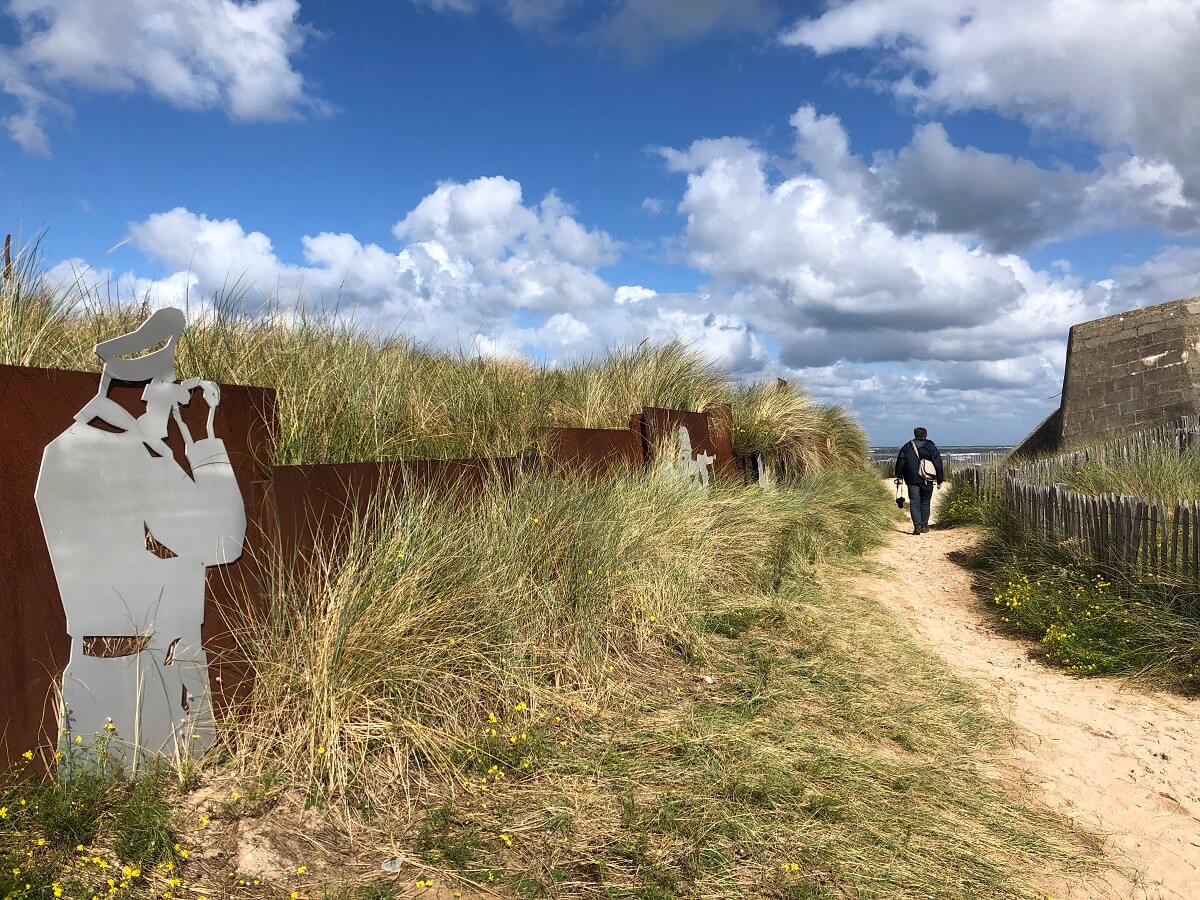The Canadian Route of Remembrance crosses northern France to honour the 500,000 Canadian soldiers who fought for freedom.
From the First to the Second World War, find along the Route of Remembrance the sites of remembrance paying tribute to those soldiers who fought twice during the 20th century for our freedom.
The main sites
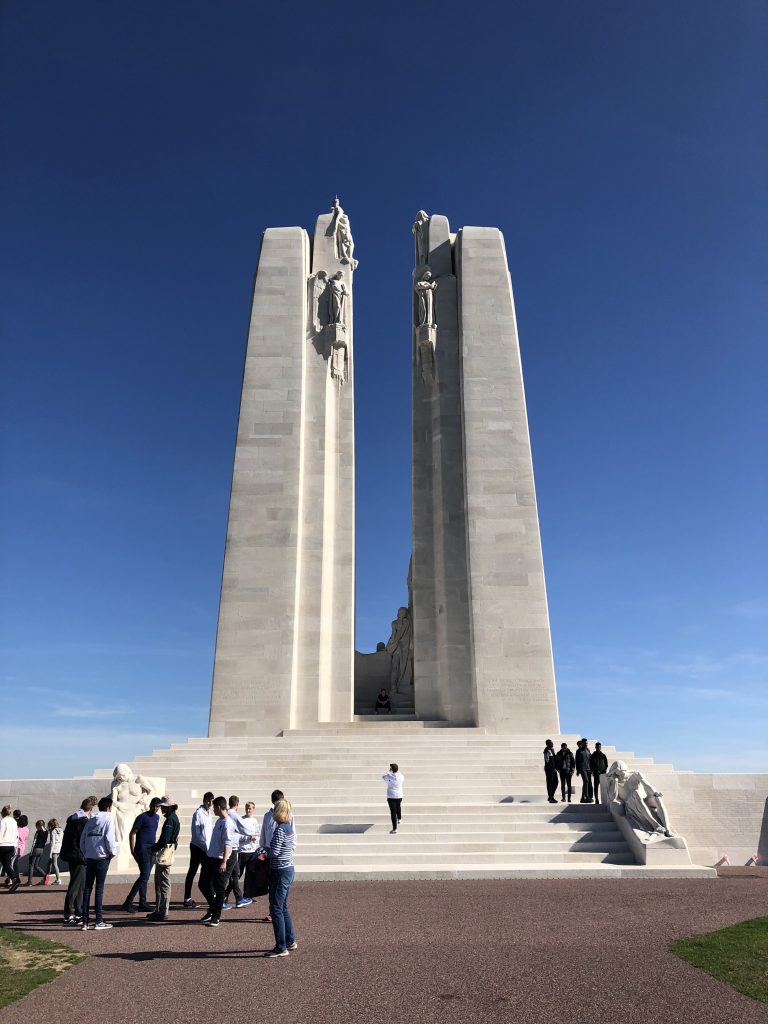
The Canadian National Vimy Memorial
The Canadian National Vimy Memorial overlooks the Lens Plain from the top of Vimy Ridge, about ten kilometres north of Arras. It is located on the site of the 1917 fighting.
The work of Canadian architect and sculptor Walter S. Allward, inaugurated on 26 July 1936 in the presence of King Edward VIII and Albert Lebrun (the President of the French Republic), it pays tribute to the 66,000 Canadians who died in the Great War, i.e. 1% of the population at the time.
During the free guided tours offered by Canadian students, visitors will be able to discover the underground tunnels used during the capture of Vimy Ridge. The preserved trenches and two military cemeteries on the site complete a comprehensive tour to fully understand the impact of Canadian involvement in the conflict.
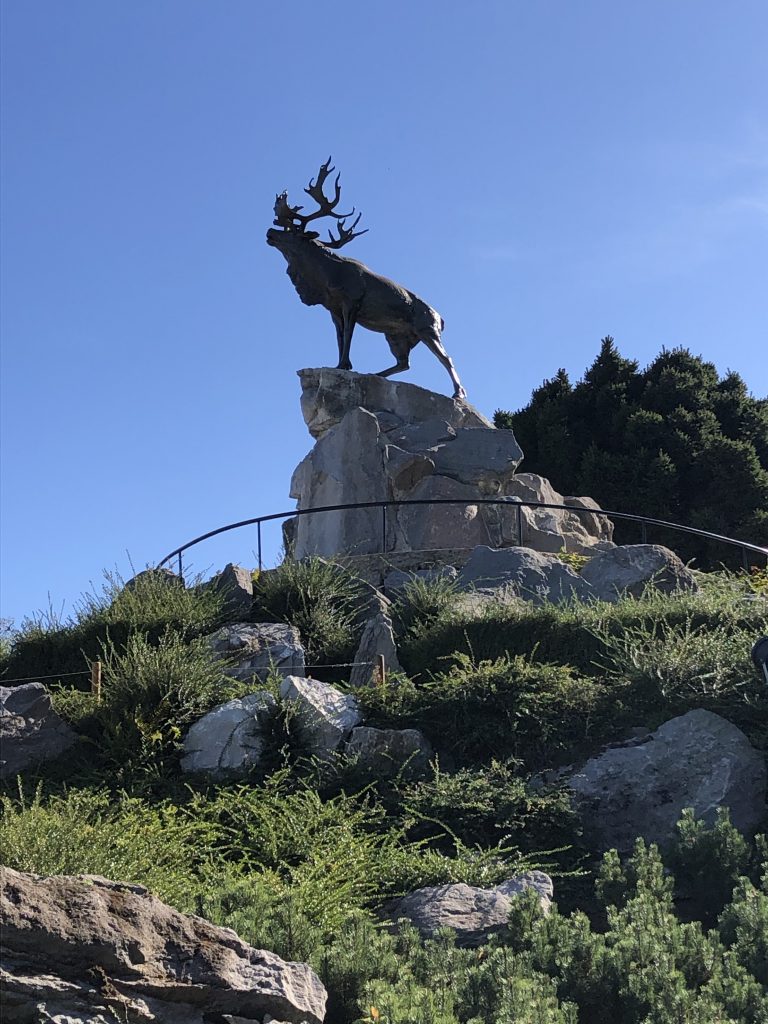
Beaumont Hamel Newfoundland Memorial
This Memorial is located in the Somme department, near Beaumont-Hamel. At the top of a hill, in the centre of this memorial, stands a bronze caribou, emblem of the Royal Newfoundland Regiment. The view from the top is breathtaking. You can see the maze of trenches, the shell holes in the ground and No Man’s Land.
It was the widows of the Newfoundlanders who, as early as the 1920s
The site is one of the few places that offers a comprehensive view of a complex system of trenches from the rear to the front. The site is one of the few to offer an overview of a complex system of trenches from the rear to the front, allowing visitors the unique experience of walking in the footsteps of the soldiers of 1916.
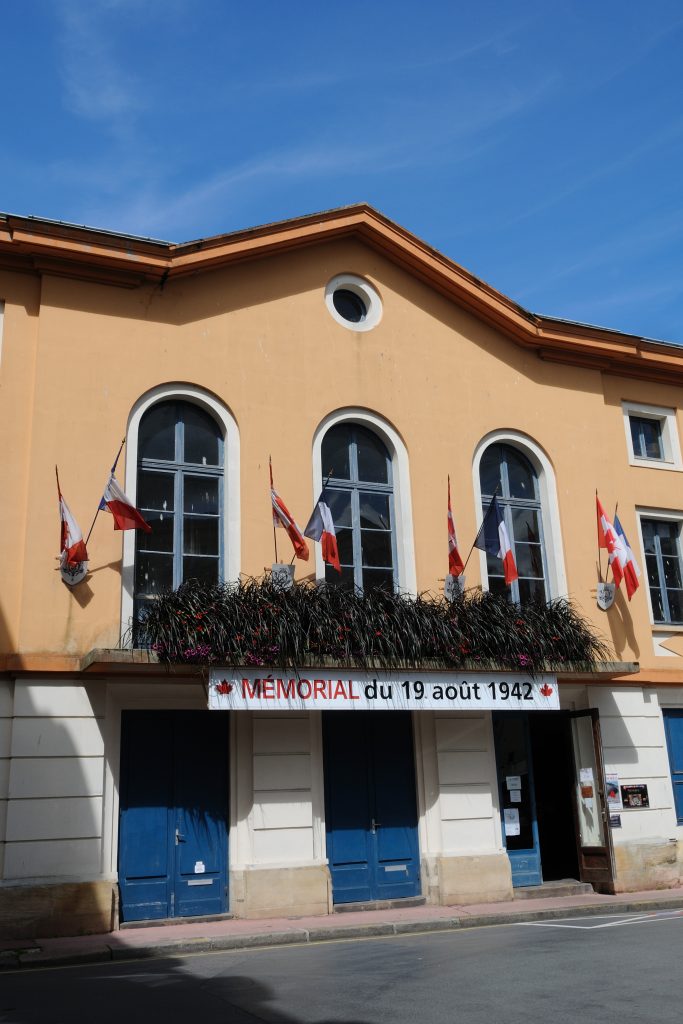
The Dieppe 19 August 1942 Memorial
This site is dedicated to the memory of the soldiers killed during Operation Jubilee. It is temporarily housed in the Petit Théâtre de Dieppe, an Italian-style theatre built in 1826, pending its restoration.
It presents numerous documents, objects, models, in homage to the soldiers, sailors and allied airmen who took part in the Raid, as well as the projection of a film on Operation Jubilee.
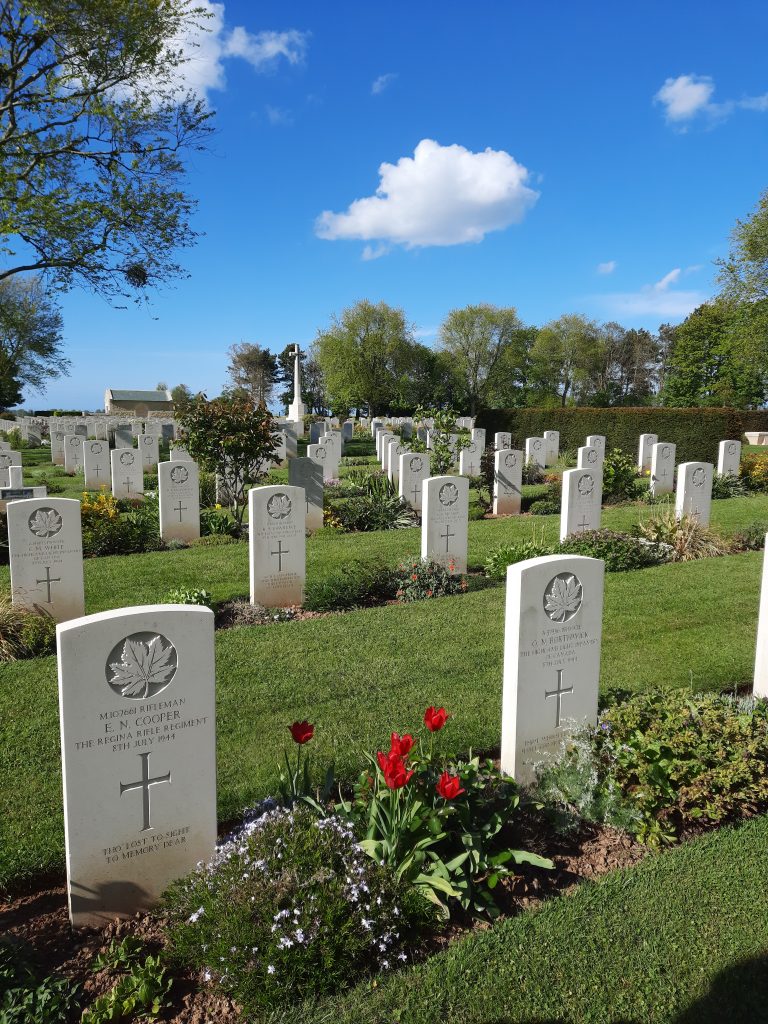
The Reviers/Beny Canadian Military Cemetery
Situated a few kilometres from Juno Beach, it is, along with Bretteville-sur-Laize, the second Canadian Military Cemetery in Normandy.
This cemetery houses the bodies of more than 2000 Canadian soldiers who fell on 6 June 1944 and during the first weeks of the Battle of Normandy.
The Juno Beach Centre at Courseulles-sur-Mer
The only Canadian museum at the D-Day landing beaches, this interpretation centre presents the civil and military war effort of the entire population in Canada and on the various fronts during the Second World War. Through films, interactive terminals, sound archives and objects, it pays tribute to the 45,000 Canadians who lost their lives during the Second World War, including 5,500 during the Battle of Normandy and 381 on D-Day.
Nearby sites
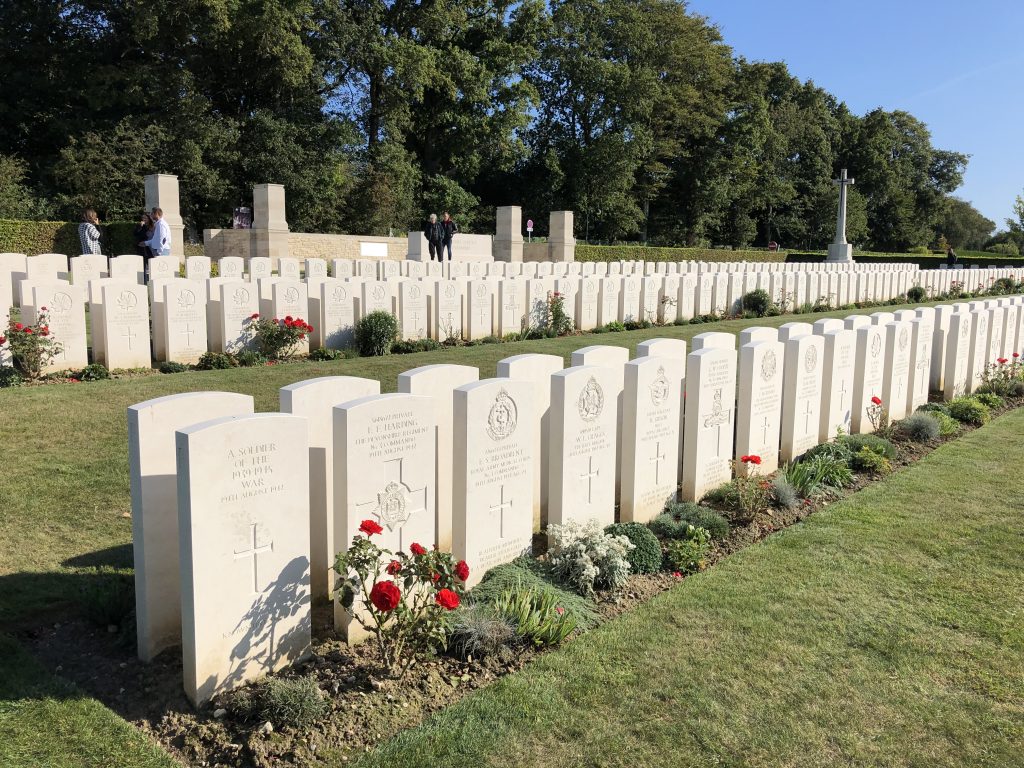
Dieppe Vertus Cemetery
As the scene of the Dieppe Raid, the Allied forces learned invaluable lessons from the Dieppe landing for the success of the D-Day invasion. Discover the memorial of August 19, 1942 of the Jubilee association and the visits on the traces of the Raid within the city, to come to pay homage to the Canadian cemetery of Vertus.
This cemetery contains more than 950 military graves, men and women, including 707 Canadians.
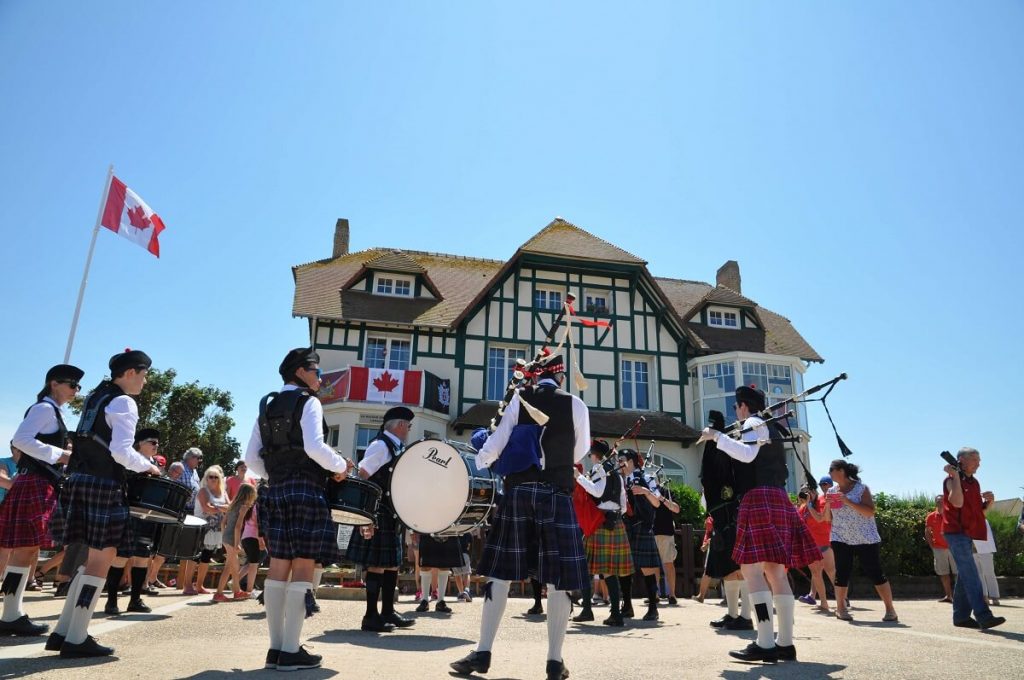
The Canadians House in Bernières-sur-Mer
The first house to be liberated during the D-Day landings on 6 June 1944, this early 20th century Anglo-Norman house was taken over early in the morning by the Queen’s Own Rifle of Canada infantry regiment. The Canadians were instructed not to destroy it as it was a landmark, standing on Juno Beach. It appears in many official photographs during the D-Day landings and in films commemorating D-Day.
Until September 1944, the house was occupied by the British Admiral Cooper, who used it as his headquarters to coordinate the supply operations of the Allied troops advancing inland.
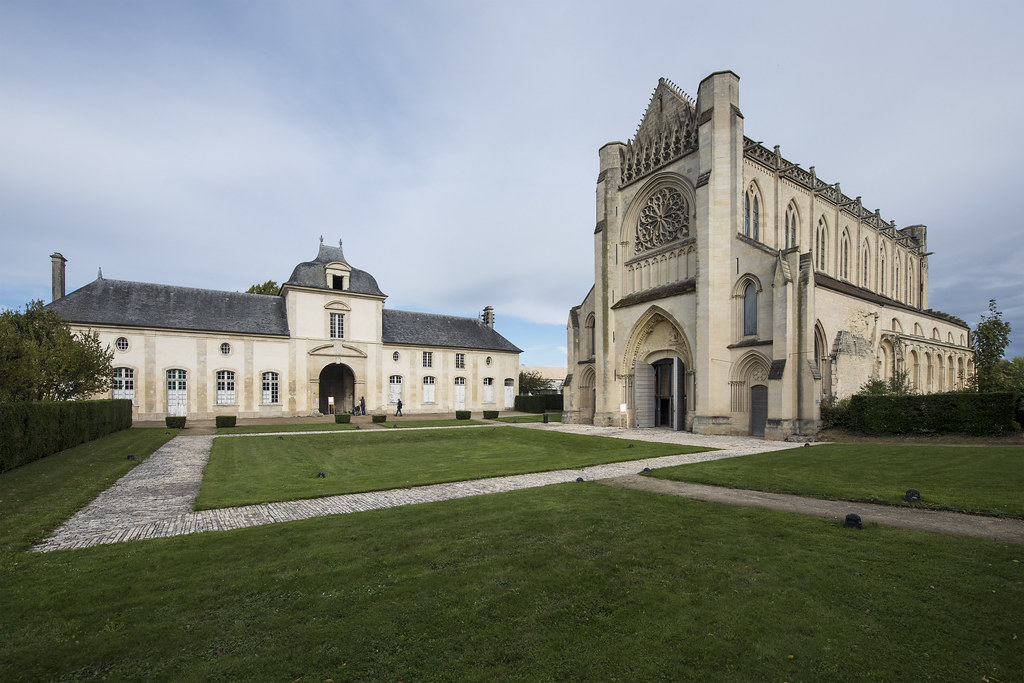
The Ardenne Abbey of Saint-Germain-la-Blanche-Herbe
The Abbaye d’Ardenne was the starting point of a powerful German counter-attack and was the scene of particularly fierce fighting in the aftermath of D-Day on 6 June 1944. The SS took prisoners who were then taken to Kurt Meyer’s HQ in the Abbaye d’Ardenne. Several captives were selected and taken to the castle garden and executed. On 8 June, seven more Canadian prisoners captured near Authie were brought back to the Abbaye d’Ardenne and executed by shooting them in the back of the head.
Now, a garden with trees and many small Canadian flags pays tribute to the 20 Canadian soldiers who were executed there.
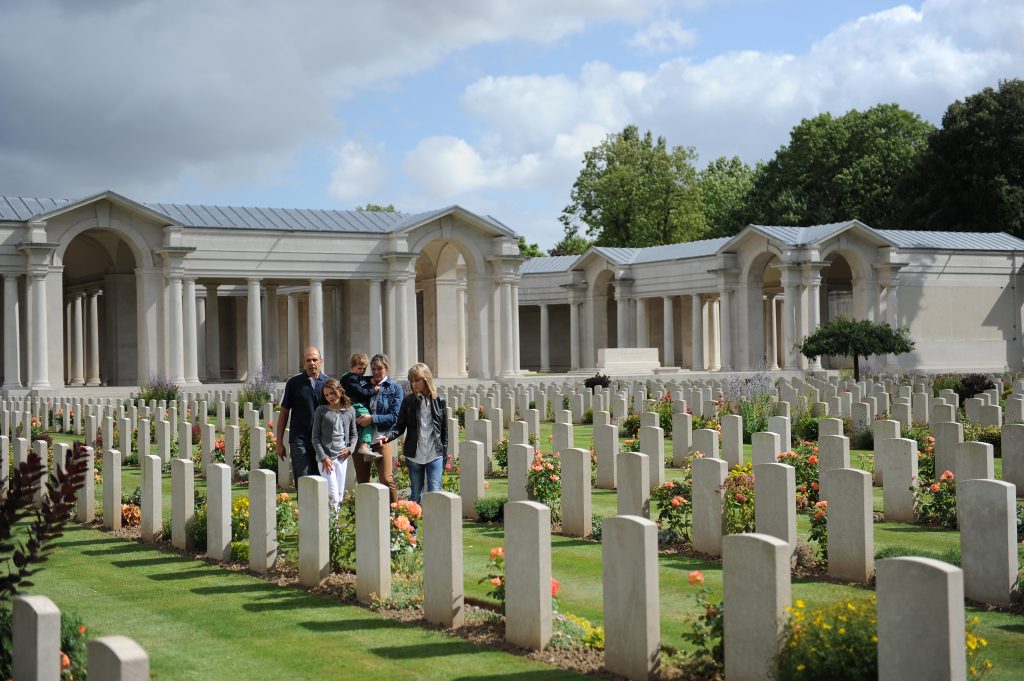
The Vis-en-Artois Memorial
Liberated at the end of August 1918 by the Canadians under the direction of the British Army after being occupied since the beginning of the war, Vis-en-Artois honours the soldiers who fell between August and the signing of the Armistice. Discover the Vis-en-Artois British Cemetery and its 2369 graves, as well as the Vis-en-Artois Memorial, an impressive structure that commemorates the 9813 British, Irish and South African soldiers.
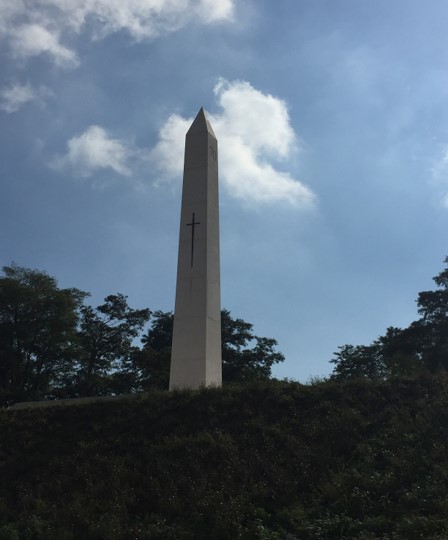
The Battle of the Coast 70 Memorial in Loos-en-Gohelle
Canadians, under British command, played an important role in diverting and mobilising German troops in parallel to the Battle of Passchendaele.
Built for the centenary of the First World War, the park includes a memorial, an amphitheatre and the Tree of Memory, a maple tree made of oak and stainless steel that represents peace, freedom and Franco-Canadian friendship.
(c)VirginieDebret

